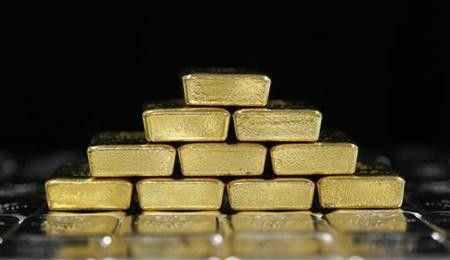How the Gold Market of the 1970s Compares with Today's Gold Market

Today we released an article looking at the UK inflation adjusted all time high figures for gold. We also published this rather staggering chart of the BoE's balance sheet since 1830. We concluded:
We'll let you decide what that really means for the price of gold in the UK.
Well, to help you reach those conclusions we've drilled down into the BoE's balance sheet and compared the gold bull market of 1970-1980 to today's bull market in the UK.
First up a look at the BoE's balance sheet during the 1970-1980 bull market:
(click for sharper image)
You can see that during that 10 year period of 1970-1980 the BoE increased it's balance sheet (via the creation of money out of thin air) by some 300%. What effect did this have on the price of gold in the UK?
(click for sharper image)
You can see that it had a dramatic effect with gold rising from £15 and peaking in 1980 at £371. This is a rise of 2500%. So a 300% increase in money supply resulted in a 2500% rise in the price of gold. So what about today?
Next up the BoE's balance sheet:
(click for sharper image)
Since the start of the latest bull market in gold in 2000 the BoE has increased the size of its balance sheet by a staggering 1000% in 10 years.
Notice how the money creation of the 1970s is a mere blip because of today's astronomical increase.
So what impact has this had on the price of gold so far?
(click for sharper image)
Gold has gone from around £180 in 2000 to £950 today. That's good for about a 530% increase. So this time around a 1000% increase in the BoE's balance sheet has 'only' produced a 530% gain... so far.
Comparing the two gold bull market in the UK:
(click for sharper image)
For gold in the UK to match the bull market of 1970-80 its final destination would be well north of £4500. But if you take in to account that the money printing this time round has been 3 times as great you could make the argument that gold should be trading easily into 5 figure territory at over £12,000 an ounce.
This £12,000 figure interestingly corresponds with some work we've been doing on the monetary base since 1830 in relation to total gold holdings at the BoE that we will be releasing next week.
© Copyright IBTimes 2025. All rights reserved.






















